LAD 7.62x25 Belt-Fed Submachine Gun

During World War II, the Red Army became very acquainted with the German Army's weapons and tactics, which relied heavily on machine gun fire, which played a crucial role in their infantry organization structure and doctrine. The German infantry squad was structured around the machine gun, making it a central component of their operations. In contrast, the Red Army found that their DP light machine gun was inadequate for supporting infantry units effectively. The DP's used low-capacity pan magazines, which limited operational duration since most carried only three to six magazines. The size and weight of the DP also limited what troops could carry into battle, further diminishing its capacity to support infantry operations.
In 1942, the Main Artillery Directorate of the Red Army issued new technical specifications for developing new light machine guns to address the shortcomings of the current systems. One proposed solution involved creating a machine gun chambered for a 7.62x25mm pistol cartridge, a belt-fed submachine gun. This approach was unusual but offered the advantage of allowing troops to carry more ammunition, supporting infantry operations over a longer duration, and further facilitating maneuverability. The choice of this caliber was influenced by the experiences of infantry combat during the war, which demonstrated that most combat typically occurred at distances of 300 to 400 meters. However, this resulted in reduced terminal ballistics.
The Gun
By 1943, there was a request to develop and submit tactical and technical requirements for a belt-fed light machine gun designed for the 7.62x25 cartridge. Mid-1943, several proposals emerged, including the LAD light machine gun, designed by V. Lyuty, N. Afanasyev, and V. Deikin. The weapon was named after the designers' surnames.
The LAD weighed 12.34 pounds (5.6 kg) and had a rate of fire of 530 rounds per minute. It was noted for being very controllable and easy to keep on target. Structurally, the LAD was designed to be a lighter and more maneuverable option, with weight savings primarily aimed at increasing the ammunition load. One of its most significant advantages, especially during the war, was its manufacturability; the LAD was considerably easier to produce than the DP machine gun.
The LAD operated using a combination of blowback and gas operation. Its bolt design was similar to that of the PPSH-41 and did not have locking lugs. It incorporated a roller on top to facilitate a feed mechanism inspired by the MG-34, which included features like the feed tray cover and stock. The gun includes a gas block and a short-stroke piston to aid in feeding, ensuring a reliable supply of cartridges from the belt. Relying solely on blowback was insufficient due to the relatively weak pistol ammunition and the added resistance of a belt feed system. The feed system utilized a 100-round belt with a push-through design.
After extensive testing, a recommendation was made in late 1943 to produce at least 200 LAD light machine guns for further evaluation. At this time, the Red Army had begun to capture German MKb.42 assault rifles, which utilized a new 7.92x33 intermediate cartridge. It was also reported that the development of a pistol-caliber light machine gun was being reconsidered. Due to insights gained from the captured German weapons, the focus shifted towards creating an intermediate caliber and an assault rifle. This resulted in the M43 7.62x41 (later changed to M43 7.62x39 around 1948/49).
As military requirements evolved, the LAD light machine gun was no longer considered satisfactory and was deemed inadequate by the end of 1943. Whether justified or not, this decision delayed the availability of a weapon that could effectively support infantry operations by providing a highly maneuverable light machine gun. The conclusions from this evaluation did not result in any immediate solutions being sent to the front lines during the war, but they did accelerate the development of the Soviet intermediate cartridge, as well as the RPD-44 and AK weapons.
Thoughts
If the LAD light machine gun had been adopted in late 1943, it could have significantly enhanced Soviet infantry firepower during close combat, particularly in urban areas in 1944-1945. It's interesting to consider why it wasn't adapted for the M43 intermediate cartridge, which could have offered a lighter alternative to the RPD. Adopting the LAD might have given Soviet soldiers a crucial edge in close-range fire. Unfortunately, field trials were never completed, leaving many questions about its battlefield impact.
Sources:
A. A. Malimon, Domestic Machine Guns (Notes of a Gunsmith Tester)

Lynndon Schooler is an open-source weapons intelligence professional with a background as an infantryman in the US Army. His experience includes working as a gunsmith and production manager in firearm manufacturing, as well as serving as an armorer, consultant, and instructor in nonstandard weapons. His articles have been published in Small Arms Review and the Small Arms Defence Journal. https://www.instagram.com/lynndons
More by Lynndon Schooler
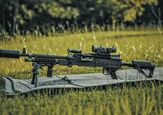
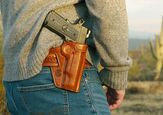
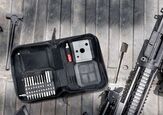







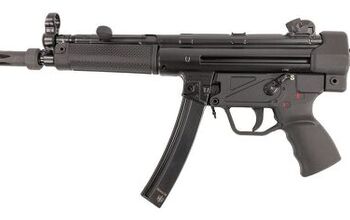
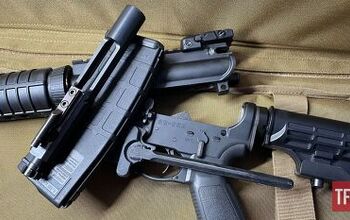






![[SHOT 2025] Sharps Bros Grip Modules for Springfield Echelon Pistols](https://cdn-fastly.thefirearmblog.com/media/2025/01/24/23301/shot-2025-sharps-bros-grip-modules-for-springfield-echelon-pistols.jpg?size=350x220)

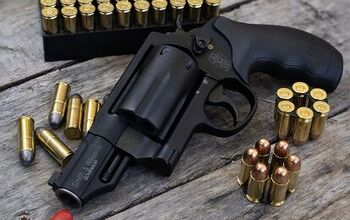
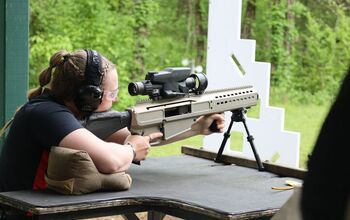



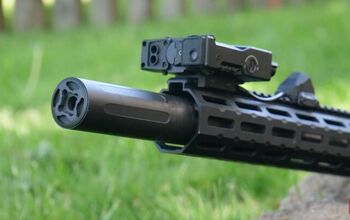

Comments
Join the conversation
First I heard of this MG prototype. Might have been a game changer like the 7.62X39 cartridge was/is in the 1950’s & even today.
Great story & research.
Battle of Stalingrad was at Soviet victory about January of 1943, so my informed opinion is that this pistol caliber GPMG would have made little difference in the Eastern Bloc’s WWII victory. Maybe 2 months earlier. A faster march to Berlin would have been matched by the Allies picking up their pace. Plus I believe the Hand of God would have prevented the commies from getting any better results than they did.